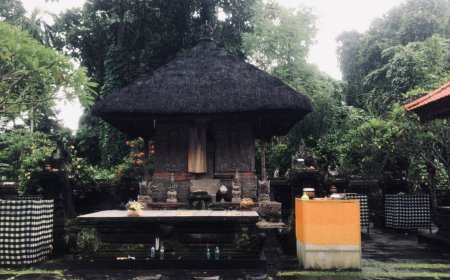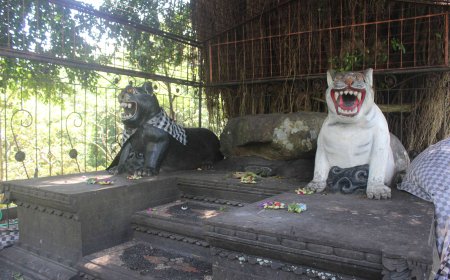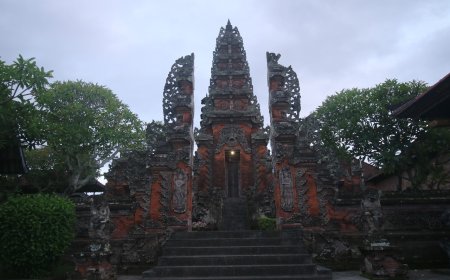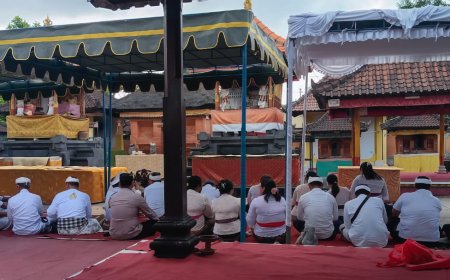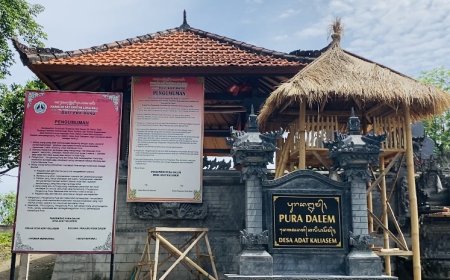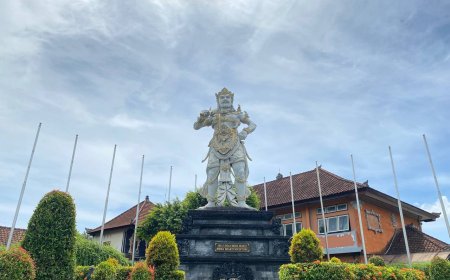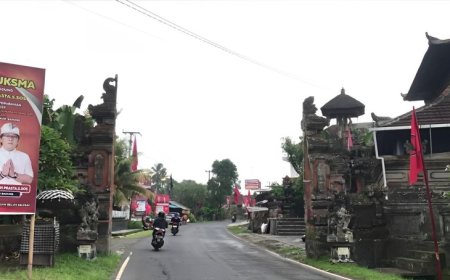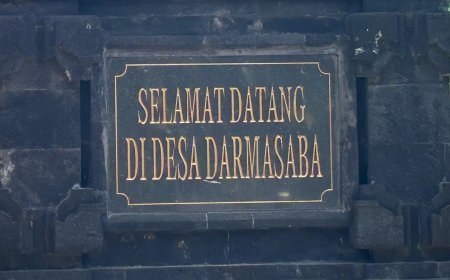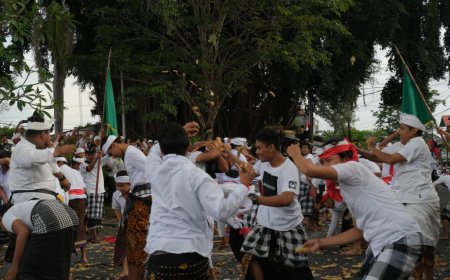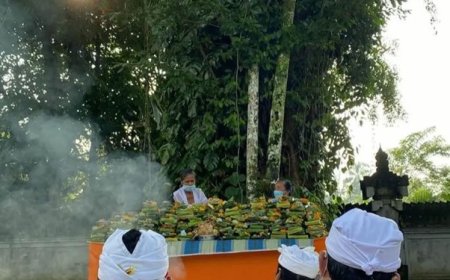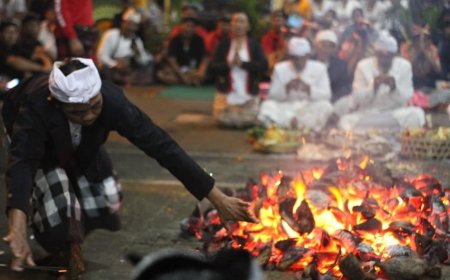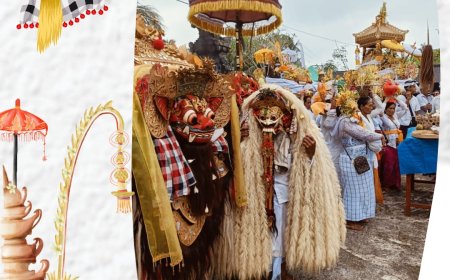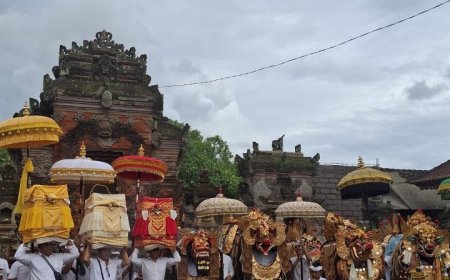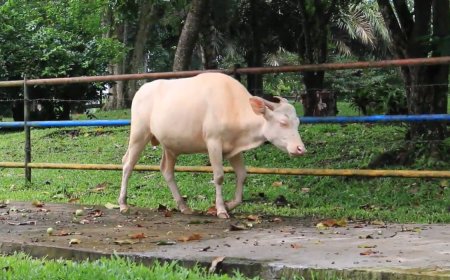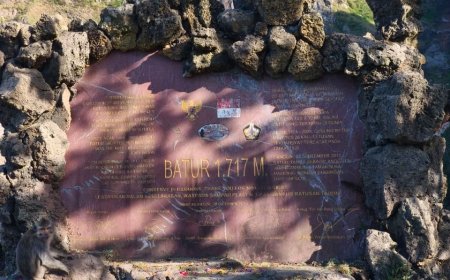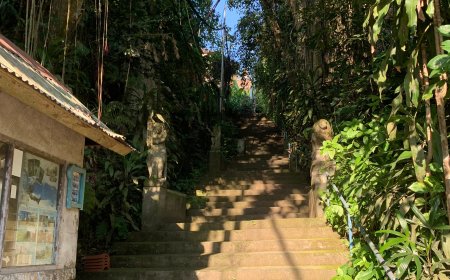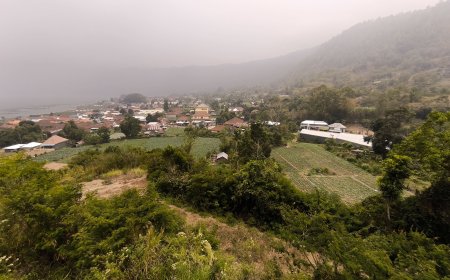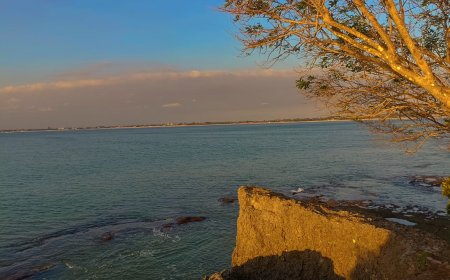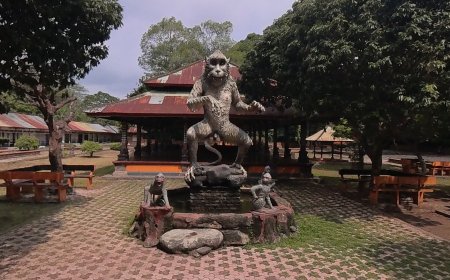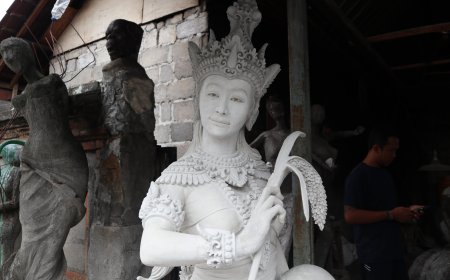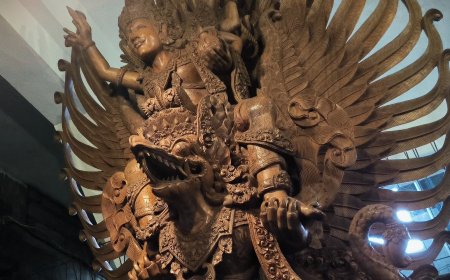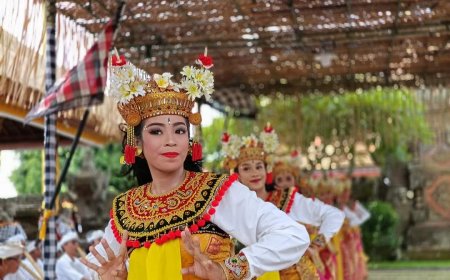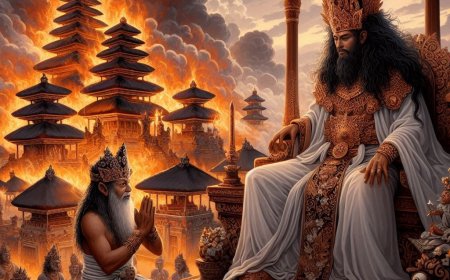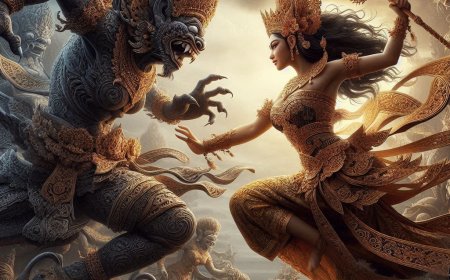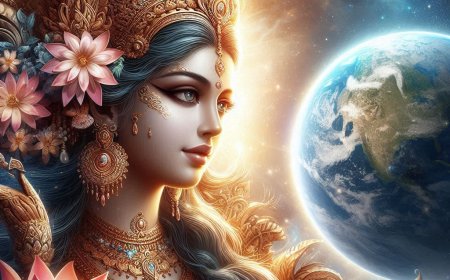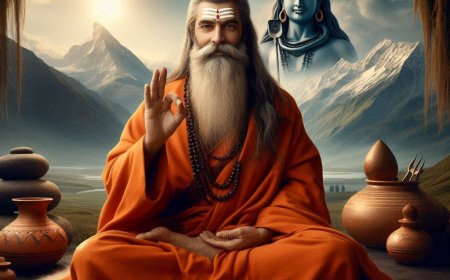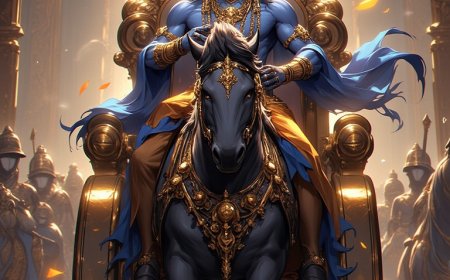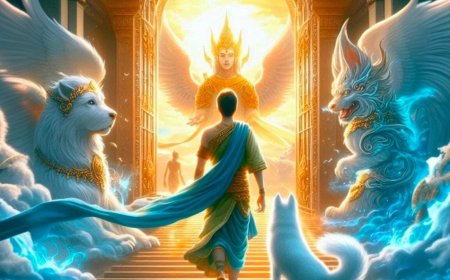God Yama: God of Death and Ruler of the Underworld
It tells the story of the first human to undergo the process of death. In his journey through the dimension between life and death, Lord Yama was appointed as the Ruler of the Underworld, governing the realm of the dead. By enforcing the law of human karma, Lord Yama judges the souls of humans based on their deeds during life and delivers appropriate consequences.
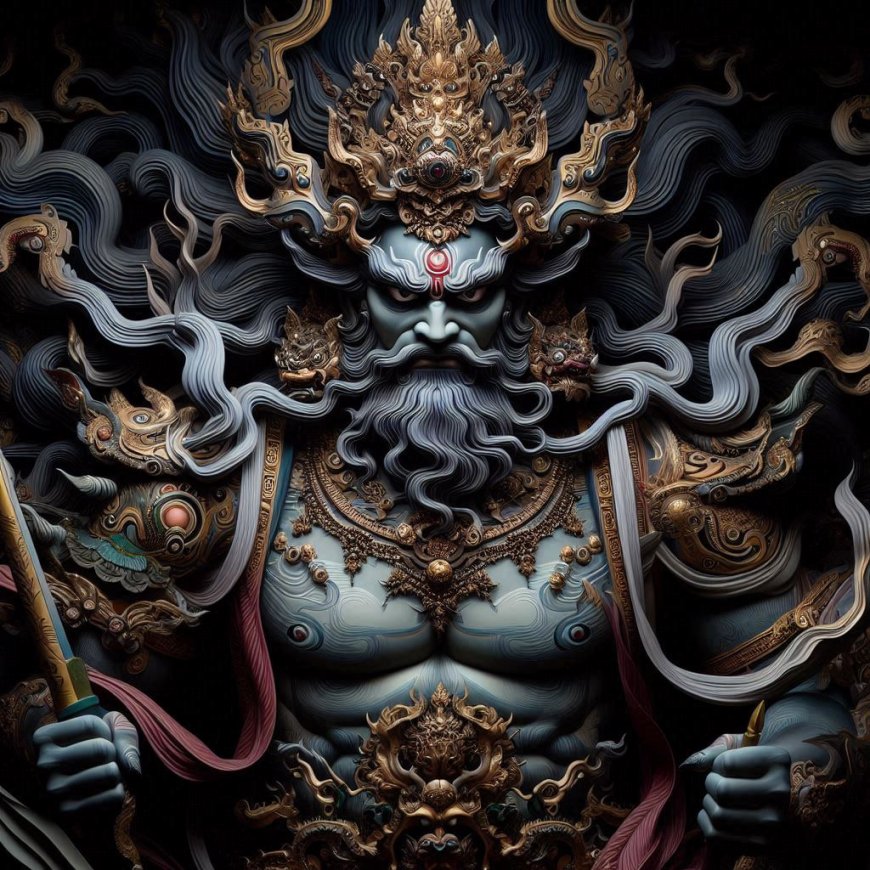
Every culture in the world has its own discussion about death, whether in the form of rituals, beliefs, or mythology. In Hinduism, the concept of death also holds a very important role, governed by a deity specifically responsible for death and the afterlife. This deity is Yama, known as the God of Death.
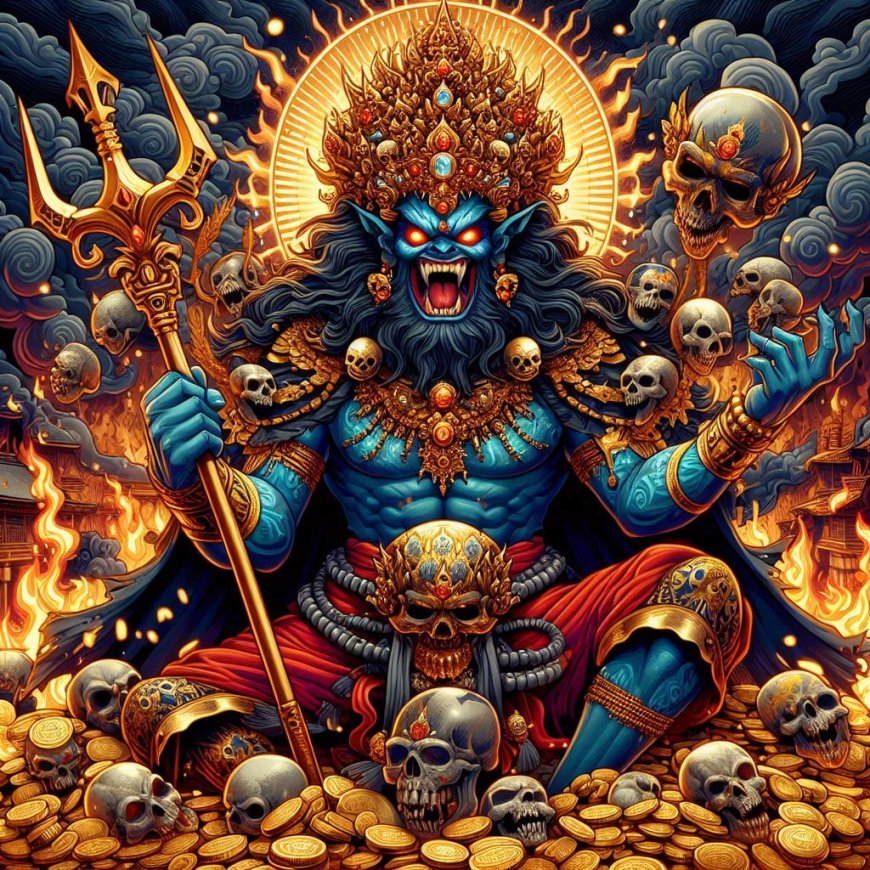
Yama (Source: Personal Collection)
Yama is also known by the title "Dharmaraja," which means the ruler of law or justice. This title reflects his role in judging and deciding the fate of souls after death, granting them heaven or punishment in hell or reincarnation, depending on their karma or deeds during their life. As the God of Death, Yama plays a crucial role in upholding the law of karma, determining the fate of each soul based on their actions in the world.
Lord Yama is considered the first human to experience death, and thus, he paved the way to the realm of death. As a result, Yama was bestowed the great honor and responsibility of being the ruler of the realm of death, known as Yamaloka.
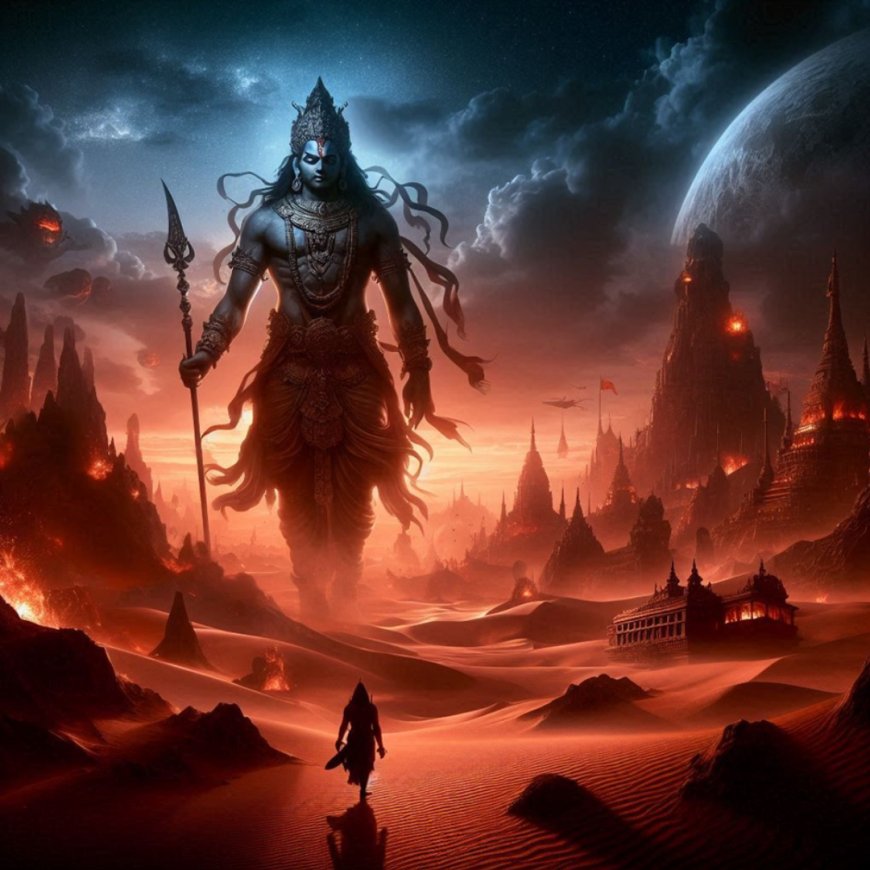
Lord Yama as the first human to experience death (Source: Personal Collection)
In carrying out his duties as the ruler of the realm of death, Yama is not alone but is assisted by several figures with important roles. One of his assistants is Chitragupta, who serves as an advisor and record-keeper of all human actions on earth. Chitragupta documents every good and bad deed, which Yama later uses as the basis for making decisions in the realm of death.
Besides Chitragupta, Lord Yama is also assisted by the Yamadutas, death's messengers. The Yamadutas are tasked with fetching human souls when their time of death arrives and bringing them before Yama for judgment. With the help of these two assistants, Yama can fulfill his main role in enforcing the law of karma and maintaining balance in the universe.
Lord Yama has two dogs. Each of these dogs has four eyes, symbolizing vigilance and sharp vision over every soul approaching the path to Yama's residence. Additionally, they are depicted as having large nostrils, symbolizing their ability to sniff out and detect creatures that have died. These two dogs guard the path around Yama's residence, ensuring that souls cannot escape and that they reach Yamaloka to be judged by Yama according to the law of karma.
Lord Yama is often depicted with dark or black skin, symbolizing death. He rides a black buffalo, which carries souls to the underworld, and wields a noose (pasha), which he uses to capture the souls of the dead and bring them before him for judgment. Additionally, Yama wears a crown, symbolizing his status as the king of the underworld, and holds a staff representing his authority as the judge of souls.
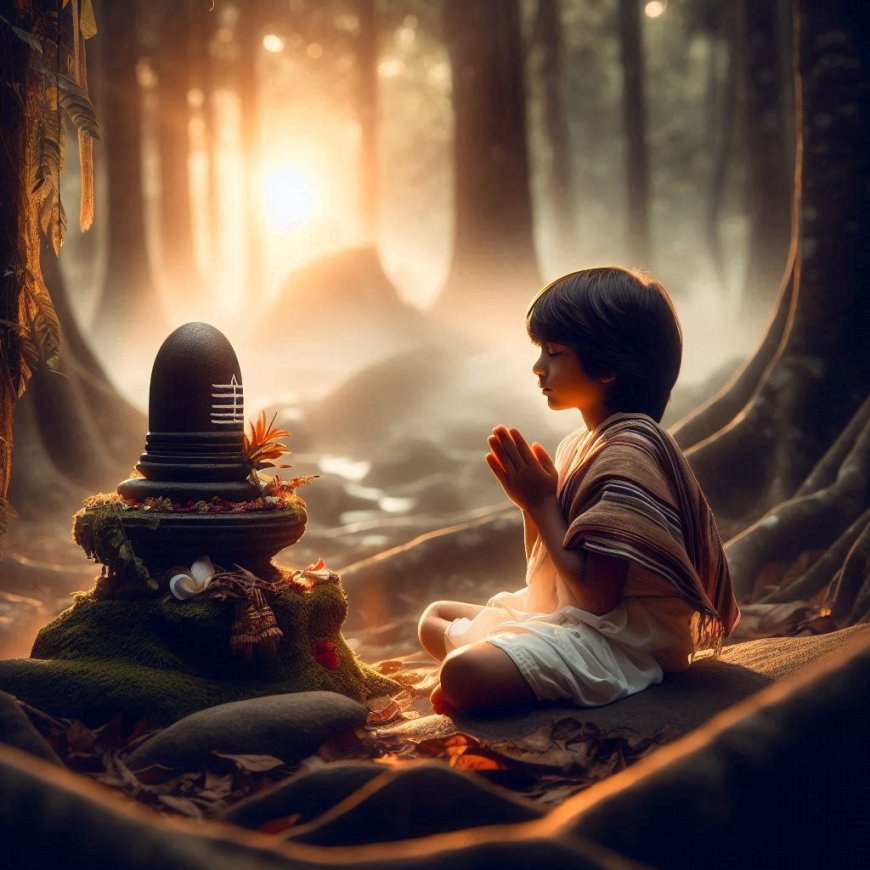
Markandeya praying in front of the Shivalinga (Source: Personal Document)
The story of Lord Yama is inseparable from the story of Markandeya, a sage who was very devoted in his worship of Lord Shiva. From birth, Markandeya was prophesied to have only 16 years to live. Although this prophecy saddened him, Markandeya did not surrender to his fate. Instead, he became even more devoted to worshiping Lord Shiva.
Every day, he sat before the Shiva Linga, praying wholeheartedly and reciting sacred mantras. Markandeya was determined to use the remainder of his life in service and sincere devotion to Lord Shiva, hoping that through his dedication and sincerity, he could receive blessings and protection from the god.
When Markandeya reached the age of 16, the time foretold by fate, Lord Yama, the God of Death, came to claim Markandeya's soul as foretold by the prophecy. Yama approached Markandeya with his pasha, the noose of death, which he used to capture the souls of the deceased.
At that moment, Markandeya was deep in meditation before the Shiva Linga, just as he had done every day before. Without regard for Markandeya's state, Lord Yama performed his duty, casting the noose to capture Markandeya. However, the noose inadvertently ensnared the Shiva Linga that Markandeya was worshiping. This act was a grave mistake on Yama's part and provoked Lord Shiva's wrath.
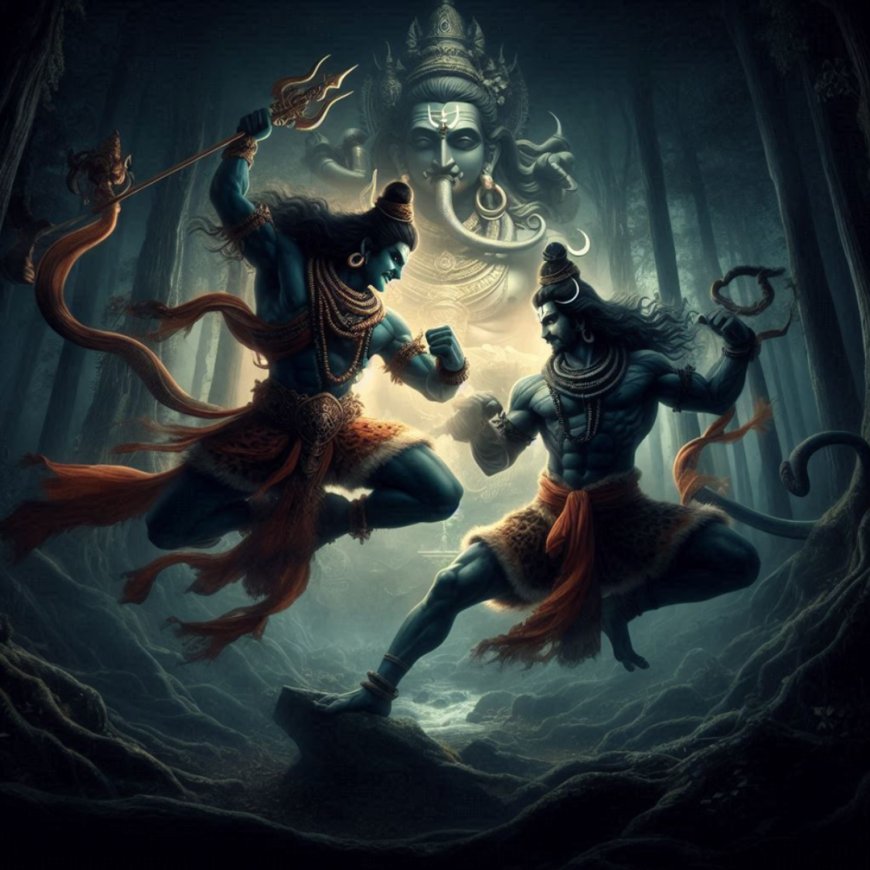
The wrath of Lord Shiva (Source: Personal Collection)
In a moment of tension, the furious Lord Shiva emerged, stepping on Yama's chest as a form of protection for Markandeya. This assault resulted in Yama’s second death. Yama experienced the same death he had previously governed for others. Meanwhile, Markandeya was blessed with eternal life by Lord Shiva.
With Yama's death, the world fell into imbalance. Without Yama performing his duties of overseeing death, humans no longer feared death and lived in immortality. As a result, the earth's population grew uncontrollably, creating overcrowding and causing chaos. People began to act recklessly without fear of their deeds being recorded in the book of life or facing karma.
Seeing the worsening situation, Lord Shiva, Lord Vishnu, and Brahma convened to discuss the matter. They agreed that, to restore balance to the world, Lord Yama had to be resurrected and resume his role as the overseer of death. Thus, Yama was brought back to life and commanded to return to his duties, ensuring that every soul who died was judged fairly and restoring order and balance on earth.
Lord Yama teaches us the importance of living consciously and with good behavior, as every action will result in karma that will determine our fate in the next life.
Yama is not just a symbol of death but also a reminder of the deep spiritual values within Hindu tradition.
